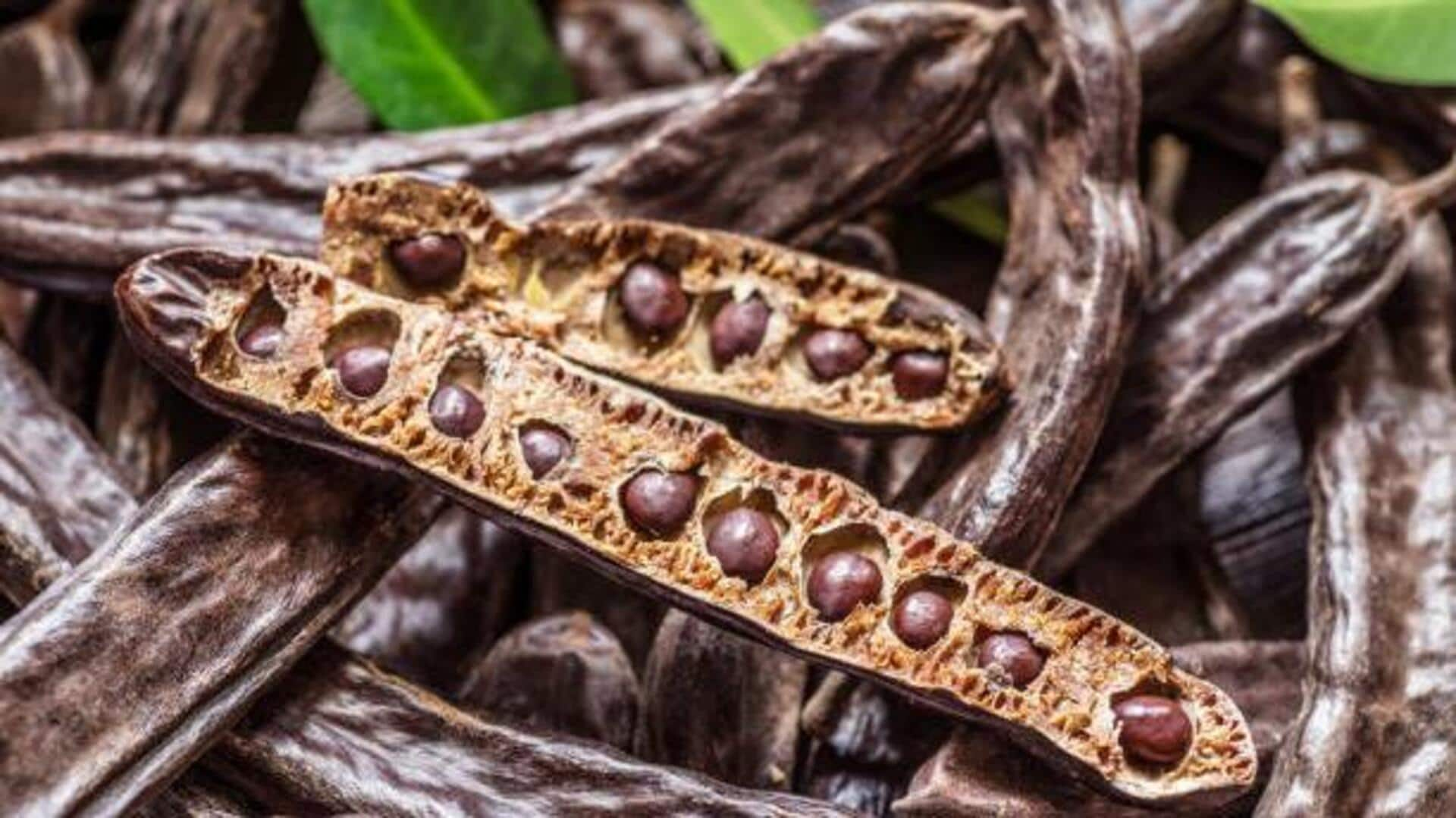
Locust beans: Nutrition, culinary uses, and more
What's the story
African locust beans, or Parkia biglobosa, are a staple in many traditional African cuisines. The seeds of the tree are fermented to create a flavorful condiment, adding depth to soups and stews. The ingredient is not just valued for its unique taste but also for its nutritional benefits. It is rich in protein and essential amino acids, making it a great addition to vegetarian diets.
#1
Nutritional benefits of locust beans
African locust beans are packed with nutrients. They provide a good amount of protein, which is essential for muscle repair and growth. They also provide essential amino acids that the body cannot produce on its own. The beans are also rich in vitamins and minerals such as vitamin C, calcium, and iron, which are essential for maintaining good health.
#2
Culinary uses across Africa
In various parts of Africa, locust beans are used in a variety of dishes. They are commonly used to prepare soups and stews because of their rich umami flavor. In some places, they are used as a seasoning or garnish to amp up the taste of vegetables or grains. Their versatility makes them an important ingredient in many traditional recipes.
#3
Economic importance of locust bean trade
The trade of African locust beans also contributes significantly to the economies of many African countries. Farmers grow these trees as a source of income, selling the fermented product locally and internationally. The demand for this unique ingredient has led to the development of small-scale enterprises that support local communities.
Tip 1
Tips for incorporating locust beans at home
To use African locust beans at home, start by adding them to your favorite soup or stew recipe for an authentic flavor boost. You can also experiment with adding them to vegetable dishes or grain-based salads for an extra layer of taste complexity. Start with small amounts to gauge how much you like their distinctive flavor before adjusting accordingly.